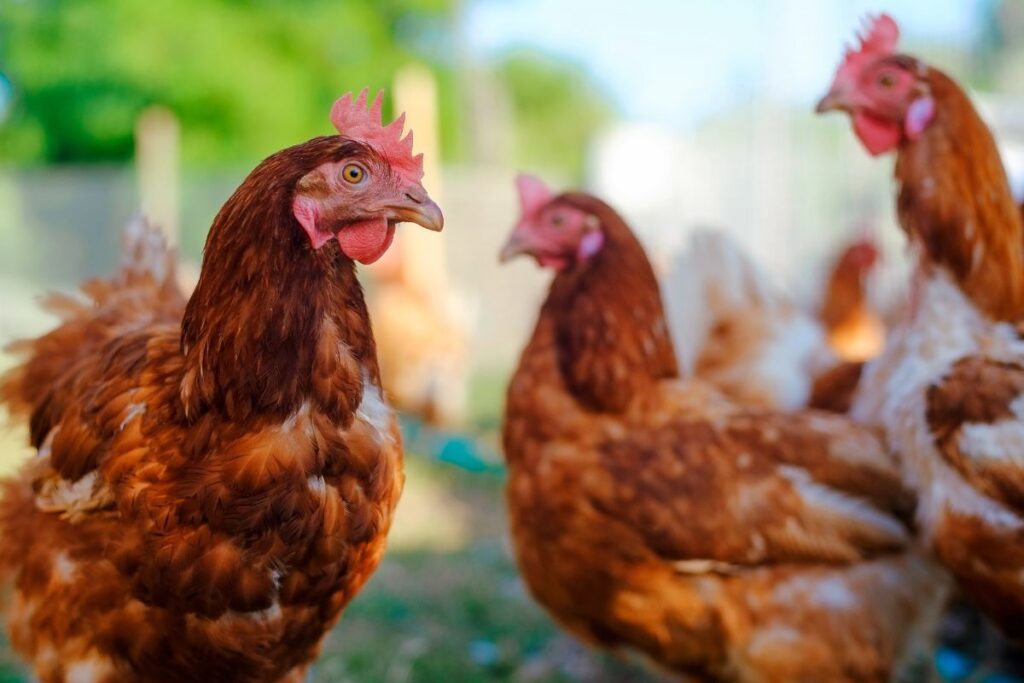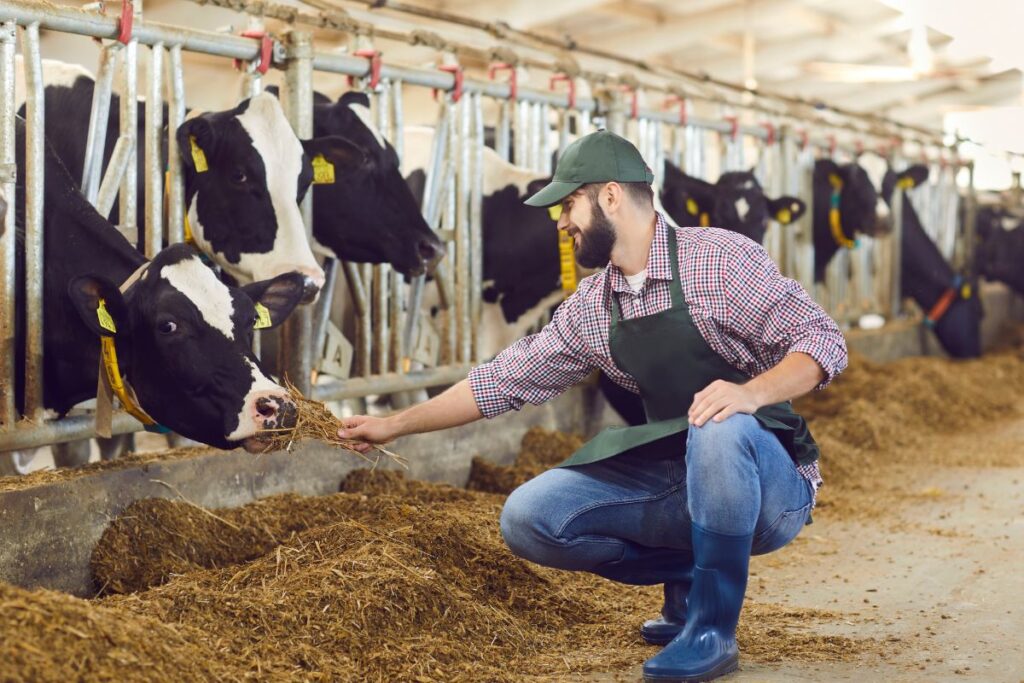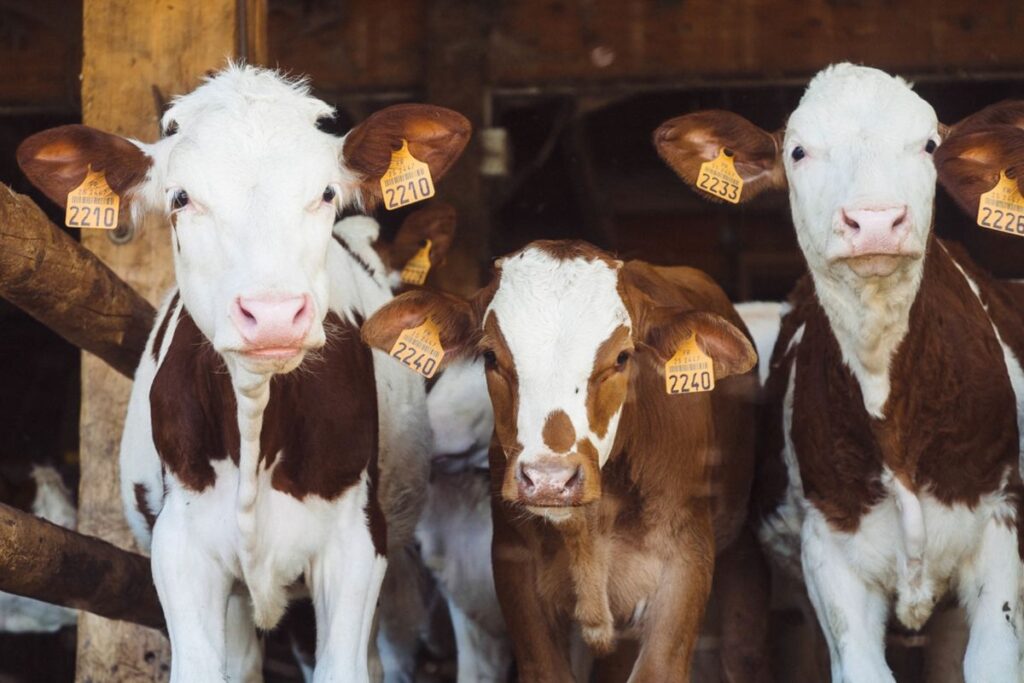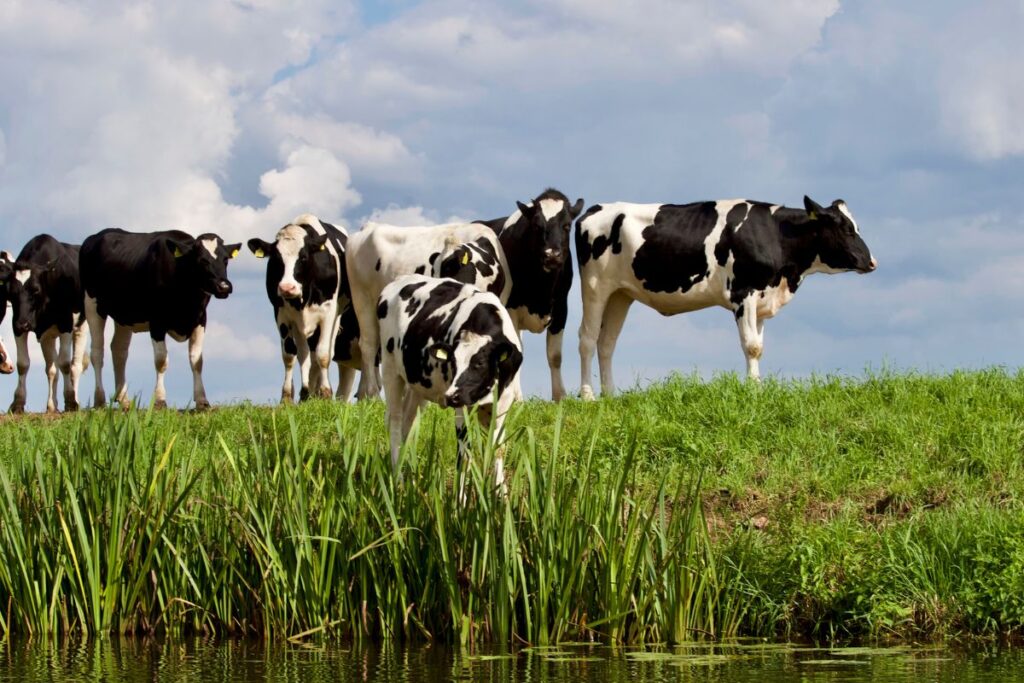
Thirty-nine people in the U.S. alone have tested positive for avian influenza this year. Nine of those cases were reported in the state of Washington. All nine people worked at farms and were in close contact with the poultry that carried the virus. The poultry was culled to prevent the spread of the virus.
A Concerning Case In Canada

However, as it spreads, more concerning cases are developing. On November 2nd, a teen in Canada was admitted to B.C. Children’s Hospital. After tests, it’s strongly believed to be avian flu. It’s the first reported case of the virus in Canada.
Trying To Find The Source

Dr. Bonnie Henry is the Provincial Health Officer and has commented on the case. They are trying to figure out where the virus came from, but they may never find a definitive source. The teenager was likely exposed to the flu through an infected animal.
No Other Cases Yet

While there have been no other reports of avian influenza in B.C., and doctors don’t believe anyone else is at risk of infection, outbreaks in farm animals are on the rise.
Cases In California’s Cattle

Thirteen more dairy cows were just confirmed to have avian flu. This brings the total number of cases of farm animals to 291 in California alone. The Central Valley had been the location with the most concentrated cases of infected cows.
Reports In Other States

Avian flu has been reported in 14 other states, and the total number of cases across the U.S. is 505. Oregon has also seen cases of the virus in a flock of birds in Malheur County. The birds were humanely culled.
Ruling Out Infectors

The teen at B.C. Children’s Hospital has reported that they had no contact with poultry or cows, which rules out potential infections from farms. The only animals they were in contact with, like dogs and cats, have all been tested negative.
How It’s Spread

With no direct link to people or animals, it’s probably going to remain a mystery as to where the flu in B.C. was contracted. Brian Conway, an expert on the matter, said, “There are 40 or so cases that occurred in the United States with dairy cattle. It is [spread by] aerosol, by touch. We can take non-human examples of cats that got it from drinking the contaminated milk from an infected cow.”
Unlikely To Spread Rapidly

This means that because of the way it’s spread, it’s unlikely that these strains of avian influenza could cause another pandemic. The virus isn’t nearly as likely to rapidly spread through the population.
Possibility of Adaptation

However, the virus is adapting and evolving to spread faster and more efficiently, which is always a possibility. It hasn’t happened yet, but with so many different strains of avian influenza, there is a possibility of a large-scale outbreak at some point. It’s just unlikely.
Source:
B.C. teen with avian flu is in critical condition, provincial health officer says
Three avian influenza cases found in farm workers from Washington
Stay connected with us for more stories like this! Follow us to get the latest updates or hit the Follow button at the top of this article, and let us know what you think by leaving your feedback below. We’d love to hear from you!







